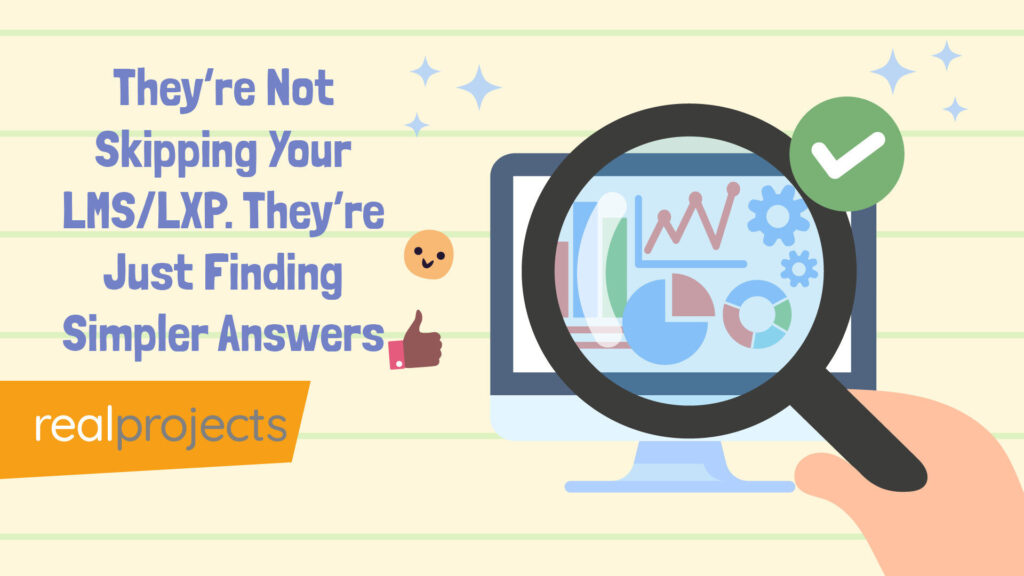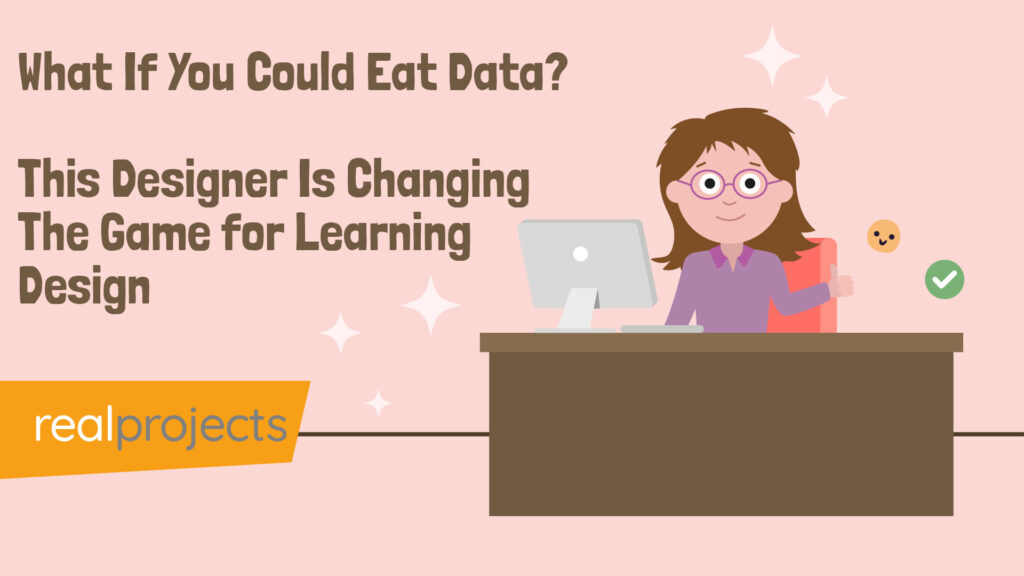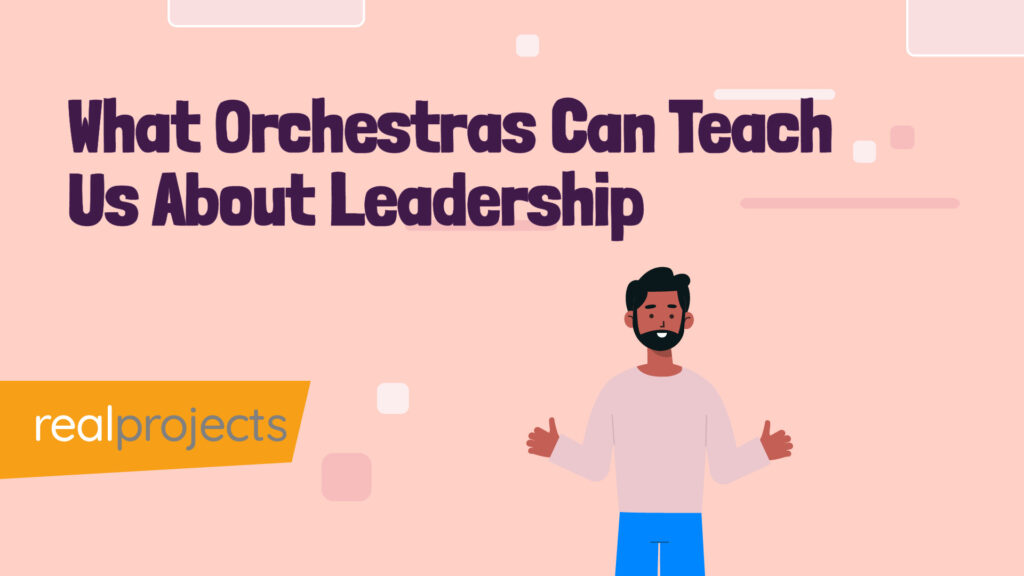Learning Content Developers create learning materials delivered across a range of media, including print, digital, and TV, with a strong focus on digital platforms. Content is increasingly designed to work across multiple platforms and formats, using responsive design to adapt to mobile and desktop devices.
- Average Salary: £33,150 per year for eLearning Content Developers. (Talent.com)
- Salary Range: £27,500 (entry-level) to £56,575 (experienced). (Talent.com)
- Job Demand: High demand in sectors like education, corporate training, and healthcare. (GOV.UK)
Learning content is flexible, dynamic, and responsive. Learning Designers must update content to respond to new devices, platforms, and operating systems. Developers also need to consider technical and legal requirements when developing content, such as accessibility standards.
The range of learning platforms available for organisations to deliver learning content is vast. A key decision point for Learning Content Developers is determining where to host content.
The role of the Learning Content Developer continues to evolve as the variety of content types and platforms grows. Content development remains a sought-after skill.
What Does a Learning Content Developer Do?
A Learning Content Developer is involved in the creation of educational content, materials, and resources. This content is delivered across a range of platforms and audiences.
Content is now delivered increasingly through digital platforms on PC, Mac, tablet, or mobile devices, not just face-to-face or via print.
Learning Content Developers usually work as part of a larger team to create learning objects, collaborating with other learning professionals. These include Subject Matter Experts, Graphic Designers, Programmers, Voiceover Artists, Writers, and Animators. Without the right team, and the right mix of people off the shelf and custom course development often fails. Elearning projects will fail without the right people behind them.
They often take complex pieces of information and turn them into smaller, more manageable, and accessible pieces for learners. Developers must consider technical, pedagogical, and writing guidelines provided by the organisation they work for.
Working as a Learning Content Designer
A Learning Content Designer rarely works in isolation. They are part of a wider team creating L&D content and must review multiple elements, including the content itself, project requirements, audience needs, and stakeholder expectations.
Often, the Learning Content Designer will lead the design of the learning object. They ensure that the final product is an effective online or offline learning experience by working effectively with other team members and evaluating the final product’s effectiveness.
Skills Needed for a Learning Content Designer
Learning Content Designers create materials that support learning across a range of formats, whether fully online or as part of blended solutions.
Collaboration is a core skill. Designers work closely with Learning and Development teams, review content, evaluate development and design stages, and test final outputs.
Strong stakeholder management and strategic thinking are essential. An effective Learning Content Designer combines these capabilities with a solid background in learning design principles and digital learning practices.
As more learning content moves online, understanding User Experience (UX) and User Interface (UI) concepts has become increasingly important.
A foundation in instructional design strengthens content development work, helping designers structure material clearly and effectively. Designers are also expected to perform basic editing, content reviews, and updates using standard industry tools.
Learning Content Designers often work with scripts—either editing material prepared by subject matter experts or creating original scripts from scratch to shape the learning experience.
Where Learning Content Designers Work
Learning Content Developers are typically part of larger learning development teams in universities, colleges, or large companies.
Freelance Learning Content Designers often specialise in particular sectors, applying their skills to specific content areas.
Large organisations may have learning and development departments that include Learning Content Developers responsible for creating learning objects across the organisation.
Learning and Development teams continue to commission face-to-face learning projects, and content developers are often involved in creating training materials to support blended learning solutions.
Many content developers specialise in sectors like healthcare or information security. However, developers must be flexible, often working across multiple sectors and industries to meet client needs.
The content created by Learning Content Developers varies widely, including animation, podcasts, and off the shelf elearning courses. Their key skill is developing content and solutions that fit the audience, organisation, and subject matter.
Learning Content Developers collaborate with other learning professionals. This collaboration may involve internal teams, freelancers, subcontractors, or external companies hired for specific project elements.
Technical Skills for Learning Content Designers
Learning Content Designers are not expected to be programmers, but a solid understanding of key industry tools is increasingly important.
A good working knowledge of learning development platforms and content delivery systems is often required. Designers are typically expected to demonstrate high digital literacy and experience managing online courses.
Many organisations value familiarity with tools such as Moodle, Articulate Storyline, and Adobe Creative Cloud. Designers also need excellent written and verbal communication skills to create, review, and adapt learning content effectively.
Technical skills support collaboration with developers, enable effective testing, and help Learning Content Designers ensure their work meets accessibility, platform, and user experience requirements.
Where Learning Content Designer Jobs Are Advertised
Learning Content Designer jobs are advertised on mainstream platforms like Indeed, Reed, and LinkedIn. Specialist recruitment boards like Instinct and Blue Eskimo also post roles.
Companies often advertise roles on their websites or LinkedIn pages. Following company pages and key individuals can help with job searches. Setting up LinkedIn search alerts can also save time.
Industry-specific boards such as the Articulate Heroes Job Board and groups like The Learning Network offer job opportunities. The Learning Network’s Slack channel is a good resource for members.
Exhibitions and conferences are also excellent places to connect with companies interested in hiring Learning Content Developers. If unsure about upcoming events, check out learning and development exhibition and conference guides.
Questions
Q: What is learning content development?
A: In elearning, learning content development means creating digital courses, videos, quizzes, and resources that people access online. The content must be responsive for mobiles, tablets, and desktops, and meet accessibility and user experience standards.
Q: What does a content developer do?
A: An elearning content developer designs, builds, and updates online learning materials. They simplify information, make content interactive, and ensure it works across platforms. They also follow design, technical, and accessibility rules to improve the learning experience.
Q: How do I become an eLearning content developer?
A: Start by learning digital content tools like Articulate Storyline and Moodle. Build skills in instructional design, UX, writing, and editing. Work on projects or freelance to build experience. Knowledge of accessibility standards is also important for success.
Q: What is the job description of a training content developer?
A: An elearning training content developer creates online training modules, courses, and support materials. They work with subject experts, test courses on different devices, and ensure content is clear, engaging, and meets technical and learning goals.



